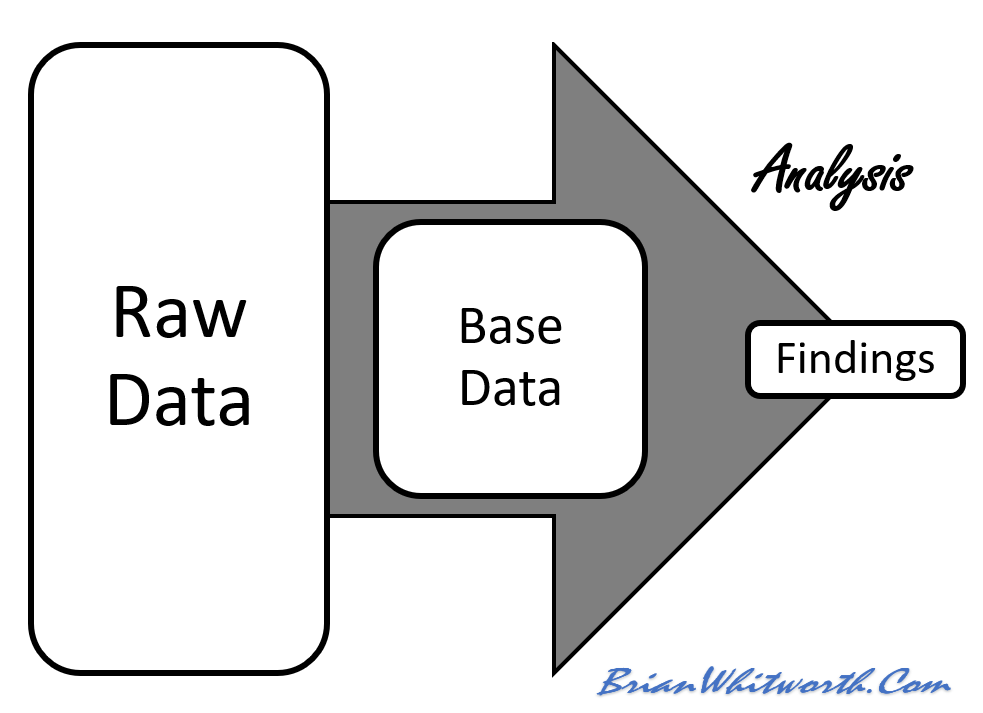The purpose of any research defines what it hopes to achieve. In knowledge journey terms, it is the planned destination, so naturally people want to know that early. Experienced reviewers look for a statement that begins: “This paper aims to …” or “The goal of this research is …” and expect to find it within the first page or two. Finding several differently stated purposes is a bad sign, as an academic publication should have a single purpose, stated in a single sentence. More is not better when it comes to the research purpose! The purpose should answer the first question of every reader – what is this publication about? State the research purpose in a single sentence within the first few pages.
Research problem. The research problem is the practical problem that the research addresses. Behind every purpose is a problem, e.g. cancer research is based on the problem of cancer. There are also “pure” theoretical problems in symbolic domains like mathematics. If there is no problem, why is this research being done? Research does not take place in a reality vacuum. Stating a problem in your research domain answers the question of “Why do this research?” The answer to the reader question “Why should I bother reading this?” is often “Because this problem is important.” It also engages the reader in a practical way by focusing on what concerns them. Highlighting a problem attracts attention, invokes interest and engages the reader. It naturally leads into stating the research purpose shortly after. State the problem the research addresses and its relevance to the reader.
In summary, a research purpose should be:
- Problem-based. To tell the reader why the research is important.
- Singular. Other purposes are best left to other research.
- Clear. If you can’t clearly state where you are going, what chance of getting there?
- Maintained. Keep the same goal throughout, as maintenance of the aim is the first principle of war.
 Results
Results